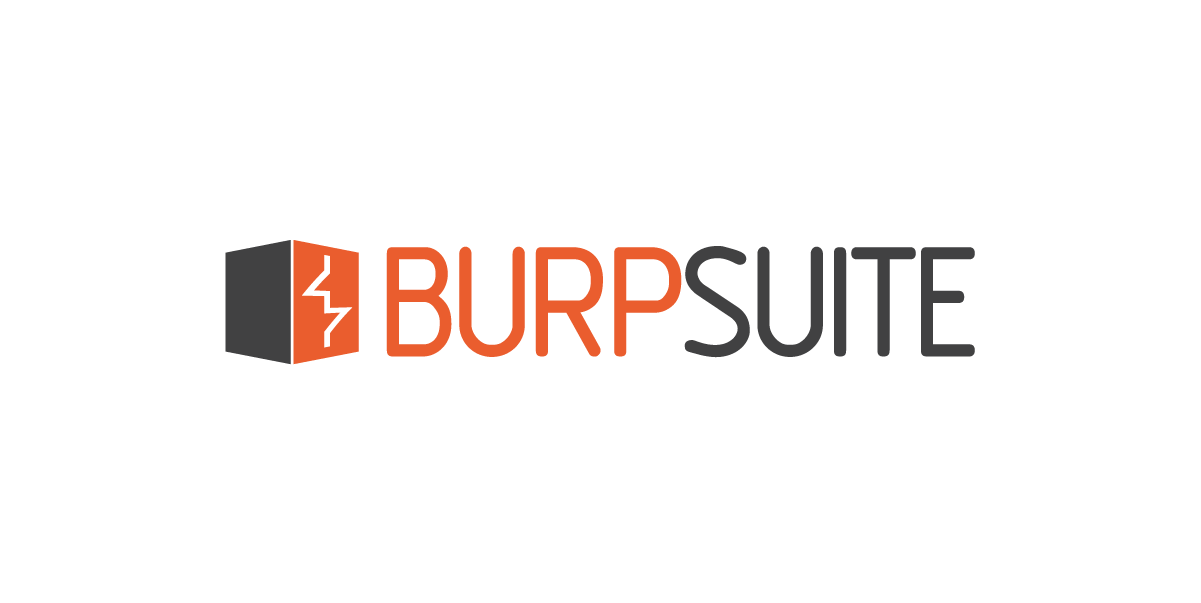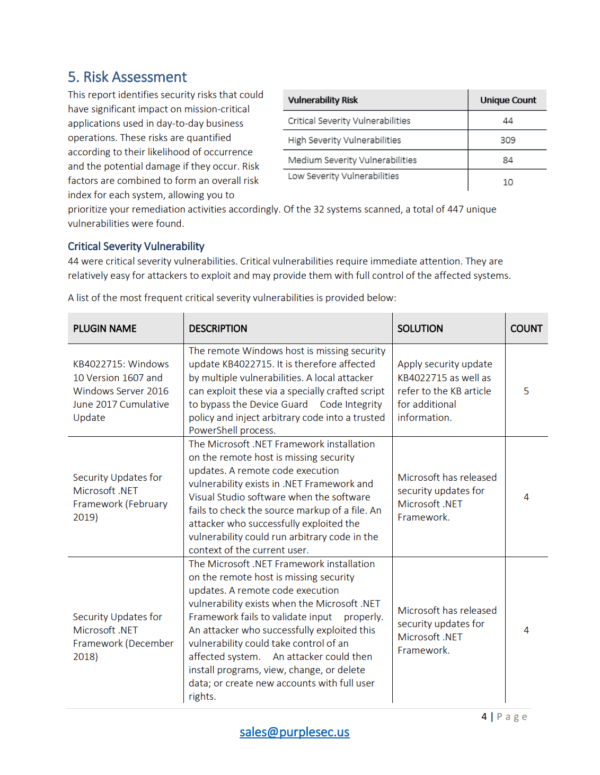What process does a Hacker Follow?
While you might think that a hacker does whatever he/she wants, it is actually true that professional hackers/penetration testers generally follow
and established process to understand and exploit their targets. This ensures that there is consistency between how assessments are performed throughout the industry,
and is the methodology that drives assessments.
The Process that Penetration Testers Follows is summorized in the following steps;
1. Reconnaissance
2. Enumeration/Scanning
3. Gaining Access
4. Privilege Escalation
5. Covering Tracks
6. Reporting
In the next few sections, we will be going through each of these aspects in more details!
What is the first phase of the Hacker Methodology? Reconnaissance
The first phase of the Ethical Hacker Methodology is Reconnaissance.
Reconnaissance is all about collecting information about your target.
Generally speaking, reconnaissance usually involves no interaction with the target(s) or system(s).
Reconnaissance is a pretty simple concept, think about what tools we can use on the internet to gather information about people.
What websites and technology come to mind to gather information about a target organization, technology, or set of individuals?
In this case, lets use the company: SpaceX. Stop here and take 2 minutes to do some research on SpaceX and note down any websites you used to conduct research.
Where is the place that you started your research about SpaceX?
Most likely, you started at one of the most useful tools in a Hacker's possession:
Google is an incredibly useful tool, and there is an entire room (Google Dorking Room) to use it effectively to conduct research.
You might have also used websites such as Wikipedia to understand the history of SpaceX, used the company's Twitter/YouTube to see their latest news releases or "sizzle-reels",
or even LinkedIn profile to research open company positions and/or the company's organizational structure.
The cool thing is, all of these very simple tools are all valid reconnaissance tools.
You might think hackers use special tools to conduct research (and in some cases that is true), but overall they use simple tools like these to conduct research.
Reconnaissance usually involves using publicly available tools like Google to conduct research about your target.
Even though it may seem simple, reconnaissance is the single most important phase of a penetration test.
There are some specialized tools that we can utilize but for this introduction, it is good to know the following tools.
- Google (Specifically Google Dorking)
- Wikipedia
- PeopleFinder.com
- who.is
- sublist3r
- hunter.io
- builtwith.com
- wappalyzer
Who is the CEO of SpaceX Elon Musk
Do some research into the tool: sublist3r, what does it list? Subdomains
What is it called when you use Google to look for a specific vulnerabilities or to search a specific topic of interest? Google Dorking
The second phase of the Hacker Methodology is Scanning and Enumeration.
This is where a hacker will start interacting with (scanning and enumerating) the target to attempt to find vulnerabilities related to the target.
This is where more specialized tools start to come in to the arsenal. Tools like nmap, dirb, metasploit, exploit-db, Burp Suite and others
are very useful to help us try to find vulnerabilities in a target. (Don't worry about them now, you can get into the nitty-gritty later)
In the scanning and enumeration phase, the attacker is interacting with the target to determine its overall attack surface.
The attack surface determines what the target might be vulnerable to in the Exploitation phase. These vulnerabilities might
be a range of things: anything from a webpage not being properly locked down, a website leaking information, SQL Injection,
Cross Site Scripting or any number of other vulnerabilities.
To simplify - the enumeration and scanning phase is where we will try to determine WHAT the target might be vulnerable to.
For example, one important tool in our arsenal is a tool called Nmap (I recommmend checking out the nmap room after you finish this room).
- Nmap is a tool which can scan a target and tell us a wide variety of things;
- What ports are open
- The operating system of the target
- What services are running
Although that may sound like a lot of information (enough to pwn anyone and anything, right?) there are other tools that will also be used in the reconnaissance arsenal.
Here is a quick sampling of other tools that you can learn on TryHackMe:
- dirb (used to find commonly-named directories on a website - like how under https://www.tesla.com there is also https://www.tesla.com/about)
- dirbuster (similar to dirb but with a cooler name, and with a user interace)
- enum4linux (A tool that is used specifically for Linux to find vulnerabilities)
- metasploit (This tool is most used for exploitations, but it also has some built-in enumerations tools)
- Burp Suite (This tool can be used to scan a website for subdirectores and to intercept network traffic)
What does enumeration help to determin about the target? Attack Surface
Do some reconnassiance about the tool: Metasploit, what company developed it? Rapid7
What company developed the technology behind the tool Burp Suite? PortSwigger
Now that we have talked about the other three phases of a pentest, it is time to talk about the one that is often portrayed as "the coolest".
In the news, they often talk about "this hack" or "this vulnerability" but the truth is that usually the "exploitation" phase of a pentest is
not as glamorous as it seems. The exploitation phase can only be as good as the recon and enumeration phases before it, if you did not
enumerate all vulnerabilities you may miss an opportunity, or if you did not look hard enough at the target - the exploit you have chosen may fail entirely!
One common tool used for exploitation is called Metasploit which has many built-in scripts to try to keep life simple.
You can also used tools like Burp Suite and SQLMap to exploit web applications. There are tools such as msfvenom (for building custom payloads), BeEF (browser-based exploitation), and many many others.
TryHackMe has a ton of rooms dedicated to learning the basics of these tools, and I recommend learning from all of them!
For now, I think you have a good grasp on what "exploitation" means - just remember a professional penetration tester never
jumps into the exploitation phase without doing adequate reconnaissance and enumeration.
What is one of the primary exploitation tools that pentester(s) use? Metasploit
After we have gained access to a victim machine via the exploitation phase, the next step is to escalate privileges to
a higher user account. The following accounts are what we try to reach as a pentester:
- In the Windows World, the target account is usually: Administrator or System.
- In the Linux World, the target account is usually: root
As you can tell, discovering what Operating System a device is running on is very important to determine how we will escalate
our privileges later. Once we gain access as a lower level user, we will try to run another exploit or find a way to become root or administrator.
Privilege Escalation can take many, many forms, some examples are;
- Cracking password hashes found on the target.
- Finding a vulnerability service or version of a service which will allow you to escalate privilege THROUGH the service.
- Password spraying of previously discovered credentials (password re-use)
- Using default credentials.
- Finding secret keys or SSH Keys stored on a device which will allow pivoting to another machine.
- Running scripts or commands to enumerate system settings like 'ifconfig' to find network settings, of the command 'find /-perm -4000 -type f 2>/dev/null' to see if the user has access to any commands they can run as root.
These are just some examples of how privilege escalation could work and there are many more ways in which a privilege escalation
could take place. Just think of this section of the methodology as getting to a higher-level user account or pivoting to another machine with the ultimate goal to "own" the machine.
In Windows what is usually the other target account besides Administrator? System
What thing related to SSH could allow you to login to another machine (even without knowing the username or password)? Keys
Most professional/ethical penetration testers never have the need to "cover their tracks". However, this is still a phase in the methodology.
You should always have explicit permission from the system owner regarding when the test is happening, how its occurring, and the scope of targets in any penetration test.
Since the rules of engagement for a penetration test should be agreed to before the test occurs, the penetration tester should stop IMMEDIATELY when they
have achieved privilege escalation and report the finding to the client.
As such, a professional will never cover their tracks because the assessment was planned to and agreed to beforehand. Although there are multiple
tools for covering tracks, I will not talk about any of them in this room. If you are truly curious you may research them yourself.
However, even though you do not cover your tracks, this does not resolve you of liability for your exploitation. Often you will need to
assist the IT Administrator or system owner in cleaning up the exploit code that you utilized, and also recommending HOW to prevent the attack in the future.
While ethical hackers rarely have a need to cover their tracks, you still must carefully track and notate all of the tasks that you performed as part
of the penetration test to assist in fixing the vulnerabilities and recommending changes to the system owner.
The final phase of the pentest methodology is the reporting phase.
This is one of the most important phases where you will outline everything that you found.
The reporting phase often includes the following things:
- The finding(s) or Vulnerabilities
- The CRITICALITY of the Finding
- A description or brief overview of how the finding was discovered
- REmedation recommendations to resolve the finding
The amount of reporting documentation varies widely by the type of engagement that the pentester is involved in. A findings report generally goes in three formats:
- Vulnerability scan results (a simple listing of vulnerabilities)
- Findings summary (list of the findings as outlined above)
- Full formal report.
As stated before there are many varying levels of documentation for a final written report. Here is how each type of reporting would look in practice:
-
A findings summary is usally something like this;
-
Finding: SQL Injection in ID Parameter of Cats Page
-
Criticality: Critcal
-
Description: Placing a payload of 1' OR '1'='1 into the ID parameter of the website allowed the viewing of all cat names in the cat Table of the database.
Futhermore, a UNION SELECT SQL statement allowed the attacker to view all usernames and passwords stored in the Accounts table. -
Remedtation Recommendation: Utilize a Prepared SQL Statement to prevent SQL Injection Attacks.
You can see a full detailed version of a sample report HERE
What would be the type of reporting that involves a full documentation of all findings within a formal document? Full Formal Report
What is the other thing that a pentester should provide in a report beyond: the finding name, the finding description, the finding criticality? Remedation Recommendation



